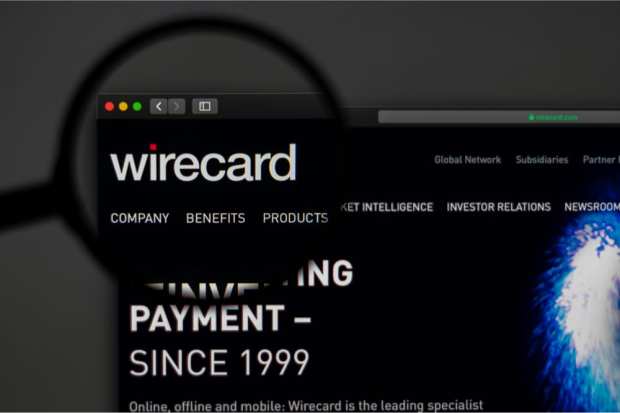Wirecard’s End Appears To Begin In China

For Wirecard, does the end start in China?
It’s well known by now that roughly $2 billion is unaccounted for in a story that continues to unfold with the German payments processing company at the center.
Just where the money went, if it was ever there in the first place, remains a mystery. Auditors have refused to sign off on Wirecard’s results. The stock price as of this writing on Monday (June 22) was down roughly 40 percent, and has plunged roughly 90 percent year to date.
As Bloomberg reported Monday, at least one lender is mulling writing off roughly $90 million lent to Wirecard, and would not extend the line. The lender, the Bank of China, is one of more than a dozen commercial banks that all told have lent $2 billion through a facility to Wirecard. That may pose a mortal danger for Wirecard. After all, extending the terms of the $2 billion facility would require unanimous consent from the banks — and that united front, clearly, seems to be fraying. And if one bank refuses to go along, the borrower typically has to repay the loan in its entirety.
Bloomberg noted that there has not been a final decision by the Chinese bank, and reports state that most of the banks are eyeing extending the lending agreement.
The “will they or won’t they” nature of the story spotlights the fact that much is up in the air. Because Wirecard did not release its audited annual results (for 2019) last week, the loans could be called in. The firm has hired Houlihan Lokey, an investment bank, to try to find financing.
The news Monday clouded an already darkening picture: Wirecard said in a statement Monday that “further examination” has revealed a “prevailing likelihood” that the missing $2 billion has never been in its accounts and in fact does not exist. That means roughly a quarter of the company’s balance sheet was possibly fictitious.
We’ll note that when an auditor refuses to sign off on a client firm’s results, much of the financial data previously reported should be viewed with a skeptical eye. At the end of September of 2019, per balance sheet data, the company had about 2.8 billion euros in cash and equivalents on hand; the 1.75 billion euros that are still unaccounted for represent nearly 60 percent of that figure.
As to what may have happened — or what certainly had not happened — two banks in the Philippines, BDO and BPI, have denied that they had Wirecard as a client. Additionally, the central bank of the Philippines has said that the missing funds had never entered the financial system at all. The bank has said that BPI and BDO had been used as part of a coverup.
The Wall Street Journal noted that the $2 billion in question is equivalent to the net income that has been reported by Wirecard through the last decade. Reports note that three firms that had ostensibly been doing business with Wirecard — providing a significant portion of top and bottom lines — may not have in fact been doing business with Wirecard. The three firms identified by the Journal include Al Alam in Dubai, a division of Senjo Group, which is in Singapore and PayEasy Solutions Inc, based in the Philippines.
For Wirecard, day by day, it seems there are more questions than answers — especially as for what comes next.
